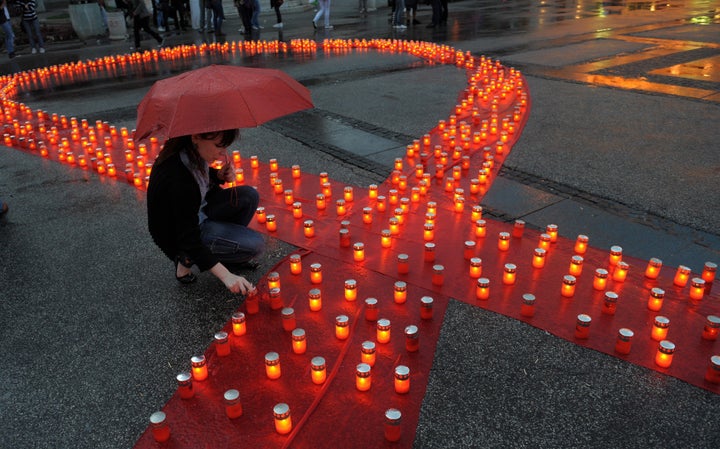
Everyone loves a good "they said it couldn't be done" story. From a man on the moon to a personal computer in every home, the nostalgic in each of us
loves to reflect about how, throughout history, individuals have run up against the status quo, defied the odds, and achieved something inspirational
for society at-large. Those of us in the AIDS advocacy community have experienced our fair share of doubters telling us "it can't be done."
30 years ago when HIV/AIDS cases were first documented, it was a mysterious infection that couldn't be treated. Positive diagnosis was a death
sentence. With no treatment, stigma and fear grew, representing what Dr. Anthony Fauci calls " the dark years." But with scientific innovation came
the discovery in 1987 of AZT, the first drug approved to treat HIV. Over the next few years, AZT was replaced with more sophisticated combination drug
therapy, and by 1996 highly active antiretroviral therapy had been developed. The new drugs were hugely expensive, however, costing $10,000 per year
or more. Many HIV-positive people feared that without Magic Johnson's checkbook, they wouldn't be able to get the drugs they needed to keep them
alive. Today, AIDS treatment costs just a few hundred dollars per year in poor countries -- a victory for HIV-positive communities around the world.
In the early 2000s, as President Bush and bipartisan Congressional leaders were launching a program called PEPFAR
and as the Global Fund to Fight AIDS, Tuberculosis, and Malaria was just getting started, the doubters
loomed large. Many believed there was no way to get antiretroviral treatment to millions -- particularly in Africa where some infamously suggested
"Africans don't have watches" and so couldn't be expected to take drugs in a consistent manner. Others argued that mobilizing the financing required
to hit PEPFAR and Global Fund targets was impossible. Yet global funding for AIDS skyrocketed, growing six-fold between 2002 and 2008. African leaders also stepped up, committing to
spend 15% of their budgets on health. Today, the results speak for themselves: 6.6 million HIV-positive people, including those in remote communities,
are alive today because of treatment, and countless others have remained HIV-negative thanks to prevention efforts.
In spite of these achievements, economic recessions have a unique way of allowing the "it can't be done" mantra to reemerge. Indeed, as budgets
constrict and leaders turn their attention inward, it's easy to see why a renewed push on global AIDS doesn't seem possible. Yet 2011 marks a critical
inflection point in our fight against AIDS. Game-changing studies have offered exciting new tools in the fight to prevent HIV -- including new data that shows treatment works as prevention, reducing the
likelihood of passing on HIV by as much as 96%. Collectively, these advances show that bending the curve on AIDS is possible in our generation.
At ONE we were pleased to hear the remarks by Secretary Hillary Clinton on Tuesday morning at the National Institutes of Health where she made it clear
that achieving an AIDS-free generation is a policy priority for the Obama Administration. ONE and our 2.5 million
encourage the President to expand that policy to include, that by 2015:
- No child is born with HIV
- 15 million people are receiving AIDS treatment
- The rate of new HIV infections is drastically reduced
There are those who will say these goals can't be achieved -- that we'll never see and end to AIDS. But we know that these goals are achievable. With
the right political leadership we will, by 2015, see the beginning of the end of AIDS.